Graham Reid | | 3 min read

Given the straitened British economy
you wonder if someone might bend the rules and put the name of the
American writer Dan Brown forward for some royal acknowledgement come
Queen's Birthday: Services to British tourism perhaps?
Brown's blockbuster novel The Da
Vinci Code – over 83 million copies sold – is single-handedly
responsible for many of the 25,000 who annually who make a pilgrimage
to Scotland's Rosslyn Chapel, location of the unravelling in the
novel's central mystery.
Picturesque and peculiar Rosslyn
Chapel, half an hour south of Edinburgh, feels very remote on a small
rise which overlooks farmland and forest. But even late on an
overcast afternoon a group of multi-national tourists was being
ushered through the tiny chapel and listening to a talk which, as far
as I could eavesdrop, scrupulously avoided any mention of The Da
Vinci Code.
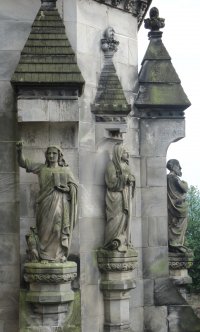 And fair enough, there's much more to
this remarkably ornate place than whispers about a bloodline of
Christ.
And fair enough, there's much more to
this remarkably ornate place than whispers about a bloodline of
Christ.
The chapel has been in the Sinclair
family since its foundation in 1446 by William Sinclair. Today a
registered charity oversees the conservation of this building which
-- as Peter, the seventh and current Earl of Rosslyn notes in the DVD
of the chapel's history -- remains “an important place of worship”.
When William founded the chapel it was
to be a centre of art and culture as much as a place of worship, and
it is worth remembering Scotland was very early in establishing
universities and learning academies.
Remarkably Rosslyn Chapel survived the
Reformation intact and although it was sacked by Oliver Cromwell's
troops in 1650 – who used it as a stable – its sheer solidity
meant much of the work by masons over generations remains to delight
and bewilder us today.
You can see why Brown picked it for his
novel: the pagan face of the Green Man, Masonic and Christian imagery
share equal space; there are stone carvings of musicians, Dance of
Death figures on a sweeping overhead arch; the Seven Deadly Sins are
flanked by the Seven Virtues; knights, angels and demonic figures
peer out from corners . . .
 You could spend a very long time trying
to read meaning into these, and there are other bewilderments.
You could spend a very long time trying
to read meaning into these, and there are other bewilderments.
Here are what appear to be corn sheaves
and cacti from the Americas carved half a century before Columbus.
One theory is the first earl's grandfather sailed to Nova Scotia and
befriended local Indians, and Micmac tribal stories tells of a
warrior from across the sea.
Everywhere in Rosslyn Chapel is rich
ornamentation, religious symbolism, extravagant decorative detail,
and stone faces eroded by time into mysterious anonymity. But the
place is also endangered.
When Dorothy Wordsworth saw it she
noted in her 19th century journal, “The architecture
within is exquisitely fine but as nothing is done to keep it together
it must in the end fall”.
Misguided conservation efforts in the
middle of the last century – walls painted with a cement wash –
have prevented the stone from drying out naturally. Today there is
scaffolding over the chapel – but that is actually a bonus for
visitors. You may now climb up and see the detail in the most remote
parts of the roof, and look down on the magnificently detailed chapel
beneath.
Rosslyn Chapel was the scene of a
murder – an envious master mason killing an apprentice whose spiral
column, which remains, was breathtakingly superior to his own – and
in the sacristy below ground level, where services were once held for
lepers, you may still see drawing on the walls by unknown hands of
centuries ago.
Rosslyn Chapel is a work of art in
itself. And you don't need to have read a word of Dan Brown – whose
loyal readers are putting money into the Chapel's trust – to
recognise that.



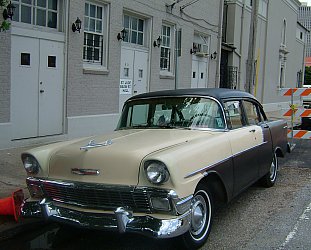
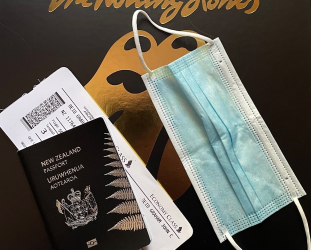
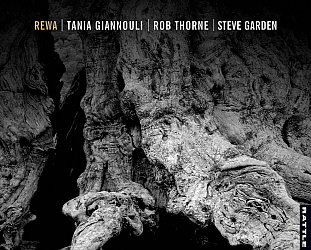
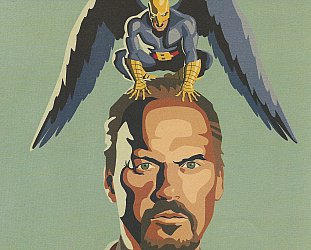
post a comment